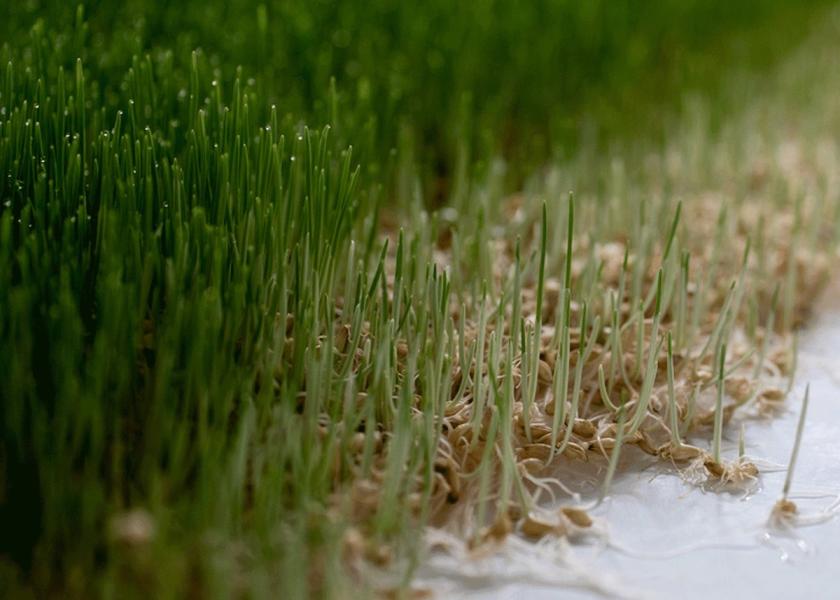New Indoor Feed Centers Planned in California

California’s Central Valley will soon be home to a new model in dairy feed production: indoor feed centers.
Two companies have entered into agreements to provide forage to California dairies through innovative approaches producing fresh grain sprouts. Forever Feed Technologies will focus on producing Automated Sprouted Grain (ASG), while HydroGreen, Inc. will produce a similar hydroponically grown product.
Both companies emphasize the consistency of supply and environmental sustainability aspects of their businesses. Because the feed is produced in a climate-controlled, indoor environment, it can be grown and harvested 365 days a year. The processes also use less water, land, fuel, fertilizer, and crop-protection inputs compared to traditional dairy forage production.
And because the forage – produced by sprouting grains like barley and wheat – is lower in sugar and starch than other dairy forages, pH balance in the rumen is said to be improved, and methane emissions are predicted to be cut by around 25%.
Those tiny sprouts add up to big tonnage in the indoor facilities. Each of two planned HydroGreen sites in the Central Valley will produce about 34 tons of forage per day, as grains are constantly sprouted and harvested – a process that takes just 5 to 7 days from start to finish. Cost of the feed is estimated at about $150/ton.
Because building their own indoor feed centers would be a steep investment for individual dairies, both companies are building central hubs, serving several dairies using a “Feed as a Service (FaaS)” model. Securing advance contracts with dairies is helping ensure the financial viability of the ventures.
HydroGreen is partnering with established dairy supplier Hansen Industries to construct their initial two feed centers in Visalia, Calif. Each of the 20,000-square-foot facilities will grow hydroponic fodder using highly automated seeding, watering, and harvesting processes. Once the sprouts are harvested, they can be fed whole or blended into a TMR ration.
In a transition-cow feeding trial on a 742-cow commercial Jersey herd in South Dakota, HydroGreen sprouts were fed as a part of the close-up ration. In the subsequent lactation, cows receiving the feedstuff were shown to have performance increases of 5% in feed efficiency, 10% in fiber digestibility, 12% in dry matter intake, 5% in milk production, and 8% in conception rate.
Forever Feed Technologies has announced an initial facility site on the premises of one of its investor dairies, River Ranch Dairy, Hanford, Calif. Their project is also being backed by financial investment by Bar 20 Dairy, Kerman, Calif.; Producers Dairy Products, Fresno, Calif.; and DeJong Family Farms, Francesville, Ind., along with additional agricultural leaders.
Dairy owners investing in the technology note the appeal of having year-around access to consistent, fresh, high-quality, locally available forage produced in a controlled environment, without the risks imposed by weather and other variable factors that come with raising crops outdoors. They also cite its decarbonizing benefits and support of local and regional food security.
In addition to dairy rations, hydroponic fodder can applied to beef nutrition, creating the opportunity to produce “grass-fed” beef without the need to secure pasture land. HydroGreen recently announced intentions to expand into beef cattle country with a planned facility in Tulsa, Okla.
For more on nutrition, read:
- The Microbiome: The Next Big Frontier in Cattle Improvement
- New Dairy Cattle Nutrition Model Coming From Cornell Soon
- 6 On-Farm Priorities to Help Drive Success This Year
- U.S. Harvest Analysis Reveals Variable Mycotoxin Risk, Alltech Reports
- Blame it on the Nutritionist
- Interest Growing in Inulin for Lactating Dairy Rations







